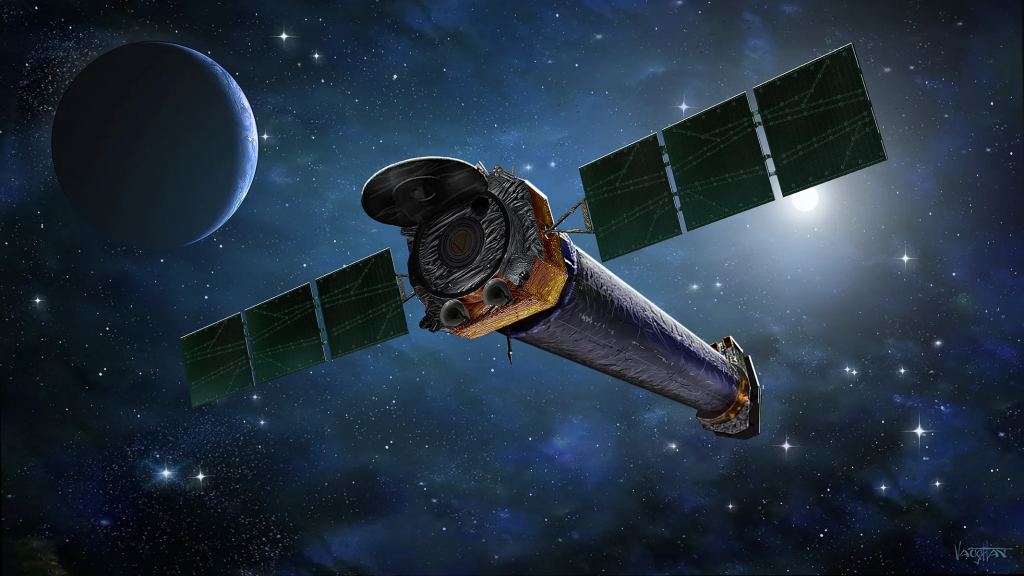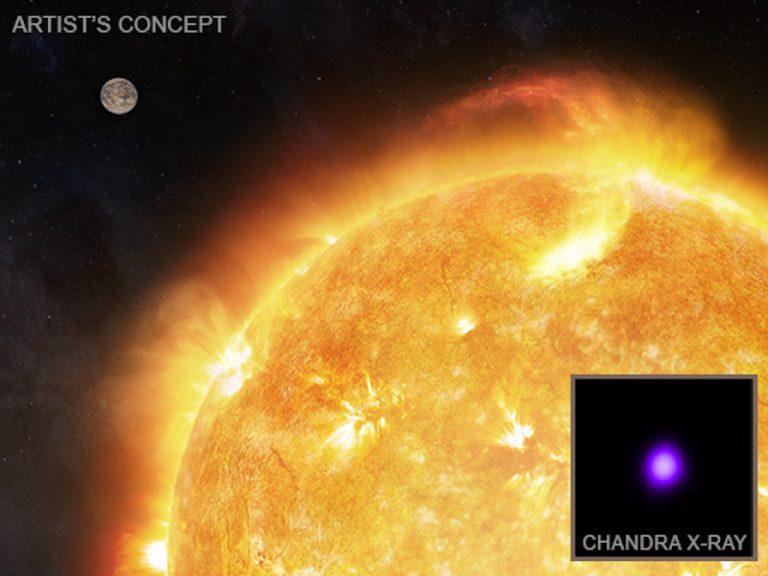Ophiuchus Astrology: Four Mini-Earths Discovered at Barnard’s Star!
Astronomers have confirmed the existence of four sub-Earth-sized exoplanets orbiting Barnard’s Star, a red dwarf located six light-years away in the constellation Ophiuchus. This discovery enhances our understanding of planetary formation around red dwarf stars and opens new avenues for studying potentially habitable worlds.
Summary:
-
Barnard’s Star: A red dwarf star in the constellation Ophiuchus, approximately six light-years from Earth.
-
Discovery: Four sub-Earth-sized exoplanets confirmed using the radial velocity method.
-
Instrumentation: Utilized the ESPRESSO spectrograph on the Very Large Telescope (VLT) in Chile.
-
Planetary Characteristics: Planets have masses between 20% and 40% that of Earth and orbit very close to Barnard’s Star.
-
Orbital Periods: Each planet completes an orbit in just a few days.
-
Temperature: Estimated equilibrium temperatures around 400K (127°C), making them too hot for liquid water.
-
Historical Context: Previous claims of planets around Barnard’s Star were refuted; this is the first confirmed detection.
-
Significance: Provides insights into planet formation around red dwarfs and the potential for finding habitable worlds.
-
Future Research: Aims to detect more sub-Earth-sized exoplanets and study their atmospheres.

Introduction
Barnard’s Star, a dim red dwarf located in the constellation Ophiuchus, has long been a subject of astronomical interest. Despite its proximity—just six light-years away—it remains invisible to the naked eye due to its low luminosity. Recent advancements in observational technology have led to the confirmation of four sub-Earth-sized exoplanets orbiting this star, marking a significant milestone in exoplanetary science.
Discovery and Instrumentation
The detection of these exoplanets was achieved using the ESPRESSO spectrograph mounted on the Very Large Telescope (VLT) in Chile. The ESPRESSO instrument measures tiny shifts in the wavelength of starlight caused by the gravitational pull of orbiting planets—a technique known as the radial velocity method. This method allows scientists to infer the presence of planets and estimate their masses based on these subtle variations in light.
Planetary Characteristics
The four confirmed exoplanets exhibit the following characteristics:
| Planet | Minimum Mass (% of Earth’s Mass) | Orbital Period (Days) | Estimated Equilibrium Temperature (K) |
|---|---|---|---|
| b | 40% | 3.15 | 400 |
| c | 30% | 5.0 | 390 |
| d | 25% | 7.5 | 380 |
| e | 20% | 10.2 | 370 |
These planets orbit much closer to Barnard’s Star than Mercury does to the Sun, resulting in high equilibrium temperatures that preclude the presence of liquid water on their surfaces.
Historical Context
Barnard’s Star has been the focus of multiple planetary claims over the past century. In the 1960s, astronomer Peter van de Kamp reported a periodic “wobble” in the star’s motion, suggesting the presence of planetary companions. However, these claims were later refuted, as the observed wobble was attributed to anomalies in the observational equipment. Similarly, a 2018 claim of a super-Earth orbiting Barnard’s Star was disproven in 2021 when the signal was found to originate from stellar activity rather than an orbiting planet.
Significance of the Discovery
-
Planet Formation: It provides insights into the formation of rocky planets around red dwarf stars, which are the most common type of star in our galaxy.
-
Detection Techniques: The successful use of the radial velocity method to detect such low-mass planets showcases the advancements in observational astronomy.
-
Future Exploration: While these planets are too hot to support life as we know it, their proximity offers opportunities for studying planetary atmospheres and compositions in greater detail.
Future Research Directions
-
Detect Additional Planets: Search for more sub-Earth-sized exoplanets around nearby stars to understand the prevalence of such planets.
-
Characterize Atmospheres: Develop techniques to study the atmospheres of these exoplanets, which could provide clues about their formation and evolution.
-
Assess Habitability: Identify planets within the habitable zones of their stars that might have conditions suitable for life.
Facts
-
Proper Motion: Barnard’s Star has the highest known proper motion of any star, moving swiftly across our sky at a rate of 10.3 arcseconds per year.
-
Age: It is estimated to be more than twice as old as the Sun, making it a valuable target for studying stellar evolution.
-
Stellar Activity: Unlike many red dwarfs, Barnard’s Star is relatively quiet, with minimal stellar flaring activity.


